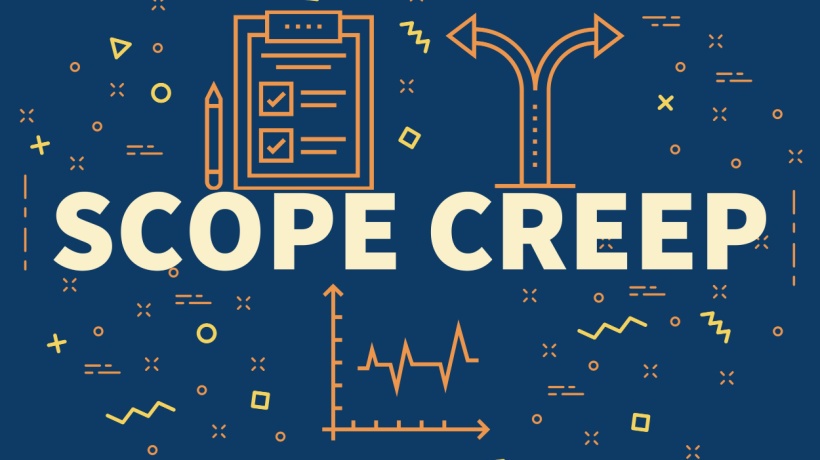Understanding eLearning Scope Creep
In the ever-evolving landscape of education, eLearning has become a pivotal tool for delivering knowledge and skills to diverse audiences. However, with the benefits of eLearning come unique challenges, one of which is scope creep. Scope creep, often regarded as the silent disruptor of project management, is a phenomenon characterized by the unbridled expansion of a project’s objectives beyond its initially defined boundaries. This expansion, while seemingly innocuous at first, has far-reaching consequences, causing delays, budget overruns, and, in extreme cases, culminating in project failure.
It occurs when additional requirements, features, or modifications are introduced without due consideration of the project’s original scope and objectives. In the realm of eLearning, managing scope creep is crucial for successful project delivery. In this comprehensive guide, we will delve into the intricacies of eLearning scope creep and provide project managers with strategies to navigate and mitigate its impact. Before diving into management strategies, it’s essential to grasp the nuances of eLearning scope creep. In the context of eLearning projects, scope creep can manifest in various ways:
- Content proliferation
Additional content, modules, or features are introduced beyond the originally defined scope, leading to an increase in workload. - Design tweaks
Constant revisions to the course design, User Interface, or multimedia elements can significantly impact project timelines. - Technology changes
Unplanned shifts in the choice of technology, software, or Learning Management Systems can disrupt project flow. - Stakeholder requests
The influx of new requirements from stakeholders, such as Subject Matter Experts or end users, can contribute to scope creep.
Strategies For Managing eLearning Scope Creep
1. Thorough Project Planning
Begin with a detailed project plan that clearly outlines the scope, objectives, deliverables, and timelines. Engage stakeholders early in the planning phase to align expectations and avoid misunderstandings later on.
2. Define Clear Objectives
Clearly define the learning objectives and outcomes from the outset. Having a well-defined scope helps in resisting the temptation to add unnecessary elements that don’t align with the project’s core objectives.
3. Establish Change Control Procedures
Implement robust change control procedures to assess and document any proposed changes to the project scope. This ensures that all stakeholders are aware of the potential impact on timelines and budgets.
4. Regular Communication
Maintain open and transparent communication channels with all stakeholders throughout the project lifecycle. Regular updates and progress reports help manage expectations and reduce the likelihood of surprise requests.
5. Risk Assessment
Conduct a thorough risk assessment at the beginning of the project to identify potential sources of scope creep. Develop contingency plans for common risks, enabling the team to respond swiftly if deviations occur.
6. Agile Methodology
Adopting an agile approach allows for flexibility in responding to changes without compromising the project’s overall structure. Regular iterations and feedback loops ensure that adjustments can be made in a controlled manner.
7. Prioritize Requirements
Work closely with stakeholders to prioritize requirements based on their impact and importance. This ensures that essential features are addressed first, reducing the risk of scope creep affecting critical project components.
8. Educate Stakeholders
Educate stakeholders about the consequences of scope creep, emphasizing the potential impact on timelines, budgets, and overall project success. A well-informed team is better equipped to recognize and address scope creep proactively.
9. Document Everything
Maintain comprehensive documentation throughout the project. This includes project plans, meeting minutes, change requests, and communication logs. Documentation serves as a reference point and aids in resolving disputes that may arise due to scope changes.
10. Review And Reflect
Regularly review project progress and reflect on any deviations from the original scope. Use lessons learned to refine processes for future eLearning projects, continuously improving the team’s ability to manage scope creep effectively.
Conclusion
In the fast-evolving landscape of education, the ability to effectively manage eLearning scope creep stands as a pivotal skill for project managers within the education sector. As online education experiences unprecedented growth, project managers must adopt proactive strategies to counter the challenges posed by scope creep. Clear communication, emphasizing thorough planning, and establishing robust change control procedures are paramount in ensuring the successful delivery of eLearning initiatives. The demand for online education is not only a testament to its effectiveness but also underscores the necessity for project managers to master the art of scope management.

